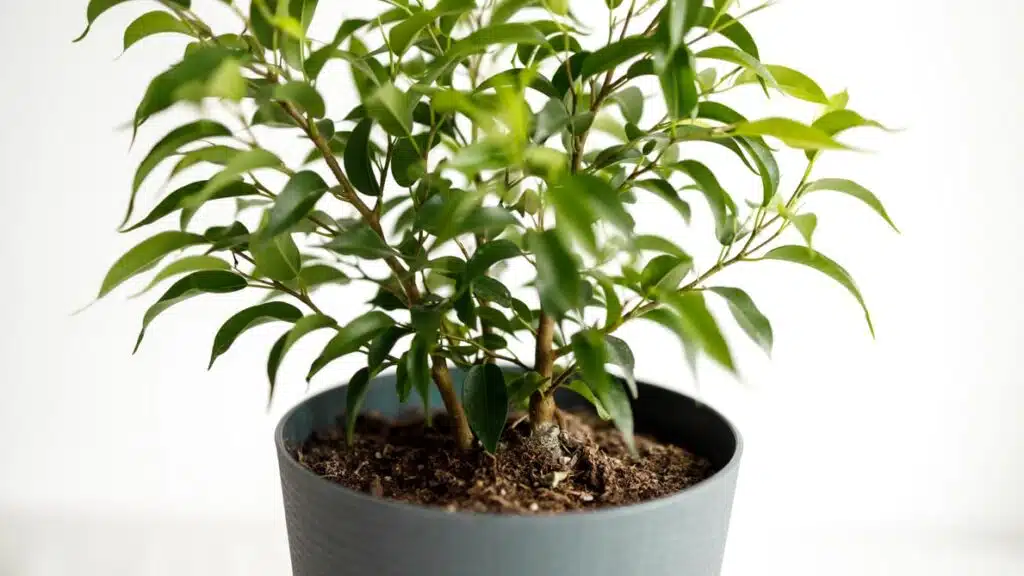One of my favorite plants is a bay tree that lives in a raised bed in my garden. Every summer, it usually doubles or even triples in size. And the secateurs are duly fetched.
A lot of container gardeners worry about pruning. They’re scared they’re going to harm the plant or uncertain about whether or not they’re using the right techniques.
In this short post, you’re going to learn five tips to ensure that your plants stay healthy, happy, and beautiful. A big thanks to our friends at Canopy Tree who advised us on the content. Let’ dig in.
1. Always Cut Back to a Bud, Side Branch, or Main Stem
This is the main point to keep in mind. Always cut back to either a new bud, side branch (which will then become the leading branch), or the main stem/trunk.
This will allow the plant to heal quickly and limit the chances of disease and infection from decaying growth.
2. Cut Away Dead or Diseased Growth
Before you start shaping a container tree or shrub, first remove any dead or diseased growth. You should keep the first tip in mind when doing this, cutting back to a bud or branch.
Often, cutting away dead growth will be all that’s required to rejuvenate a shabby shrub.
3. Prune During Late Winter or Early Spring (Most of the Time)
Generally, pruning is done in late winter or early spring when plants are dormant but about to start growing again.
The reasoning behind this is that the plant will be able to spend all of its energy through spring and summer healing incisions and putting out new growth. What’s more, you won’t be cutting away flower buds (which might happen if you prune when the plant is actively growing).
The exception to this is for plants that flower on old growth. For these, pruning is usually done in late summer after flowering.
Houseplants, however, tend not to have the same kind of dormancy period because temperatures are warmer inside. But growth can slow and the above rule still applies: prune plants that bloom on new growth in winter and plants that bloom on old growth in autumn.
4. Create Space
A good strategy when pruning is to create space between branches. Ensure that all branches and stems are well ventilated and have access to light. Cut out any overlapping branches.
5. Think About the Shape Prior to Pruning
Finally, don’t forget to think about the shape you’re after before you prune. It’s easy to get carried away and dive in with your secateurs. But a little forethought goes a long way.
Conclusion
So there you have it! Five practical tips for indoor pruning. Not as hard as you thought, is it? Now it’s your turn to tell us about your pruning methods in the comments section below.
Resources
- A pruning guide from The Old Farmer’s Almanac.
- An overview of pruning basics from the University of Kentucky.
- Canopy Tree, an Australian pruning company (based in Sydney and Southern Highlands NSW) that comes highly recommended.
Photo by vadim kaipov on Unsplash

Thanks a lot for sharing this. I really like gardening and pruning is very helpful for me.
Thanks James!